Direct-to-film (DTF) printing has completely changed how the textile and garment printing industry works. Businesses looking for innovative ways to supply customized apparel can look no further than DTF printing. This cost-effective solution allows wholesalers and retailers to quickly print unique designs on fabric, reducing the time and costs involved.
This article will guide you through what DTF printing is, how it works, and the advantages and challenges businesses face when it comes to DTF printing. It will also discuss the industry’s latest trends.
Table of Contents
What Is DTF Printing?
Key Components of DTF Printing
Applications of DTF Printing
Advantages of DTF Printing
Challenges and Considerations
Choosing the Right DTF Printer for Your Business
Industry Trends and Market Growth
Wrapping Up
What Is DTF Printing?

DTF printing, or Direct-to-Film printing, is a digital printing technique where designs are printed onto a specialized film. The film is then transferred onto the fabric using heat and adhesive powder. If you look in your closet, you’ll probably find at least one T-shirt that was made using DTF printing, featuring a logo, a tourist attraction, or a joke.
DTF printers deliver high-resolution images with vibrant colors that are applied directly to fabric. This allows businesses to quickly create custom textile and apparel products, even in small batches.
Key Components of DTF Printing
So, how does a DTF printer actually work? Here are the key components used in the process.
- DTF printer: This is a specialized printer that works with film and usually features something called piezoelectric printheads. Essentially, these use electricity instead of heat for printing.
- DTF inks: These printers also use specially formulated inks that work with DTF films. These inks deliver vibrant, durable prints.
- Transfer film: Another crucial component is the DTF transfer film used to print the design and then transfer it to the fabric.
- Adhesive powder: To make sure that the design stays put, adhesive powder bonds the design to the fabric using a heat transfer process.
- Heat press: Finally, the main “machine” in the process is the heat press, which transfers the design from the film to the fabric by applying heat and pressure.
Applications of DTF Printing
DTF printing is used in various applications across different industries.
Custom Apparel
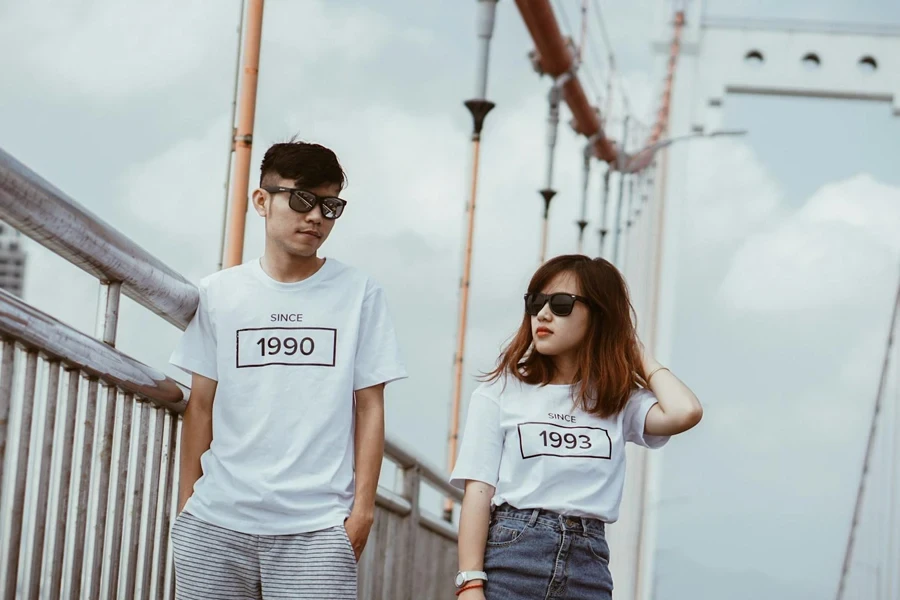
One of the most common ways to use DTF printing is to make custom apparel. This could be anything from t-shirts with a corporate logo to hats and bags sold at tourism sites.
Promotional Products
Businesses often use DTF printing to create branded merchandise. The limit to the types of products is the marketing team’s imagination, but some common items include keychains, mousepads, and coasters.
Textile and Garment Manufacturing
Another common use of DTF is in the textile industry. Companies may create unique prints on fabrics for fashion items or home decor.
Non-Textile Items
Textile is not the only way to use DTF printing. These printers can also handle materials like leather, wood, and metal. Similarly, this might be used for apparel, home decor, promotional merchandise, and a wide range of other applications.
Advantages of DTF Printing
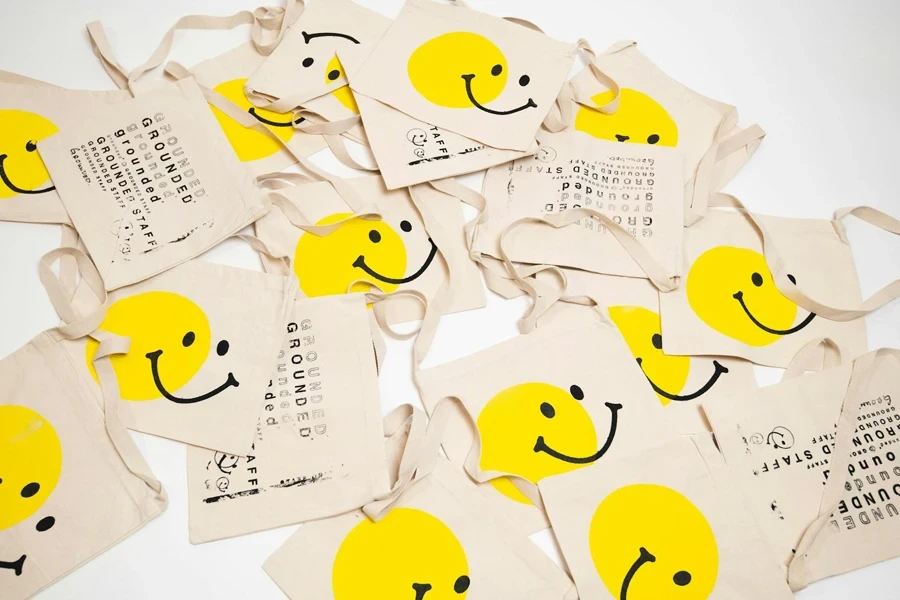
What are the advantages of DTF printing, and why are so many businesses turning to this technique?
Versatility
For one, DTF printers are extremely versatile. You can use them on numerous types of fabrics, such as cotton, polyester, and blends, as well as non-textile materials like leather and wood.
This gives printing or textile businesses a larger scope of operations so they can cater to various customer needs and demands.
High-Resolution Prints
If you compare DTF printing with more traditional methods like screen printing, DTF printers can produce more colorful and intricate designs. While screen printing is a beautiful technique, the result is often blurred or opaque. Meanwhile, DTF delivers clear and vibrant images.
Durability
DTF prints are very resistant and can maintain their appearance even after multiple washes. Brands looking to deliver a high quality product that lasts often choose DTF printing for their garments.
Cost-Effectiveness
The setup costs for DTF printing are quite low, so customizations can be made even for smaller orders. Meanwhile, they also facilitate bulk printing for large-scale operations. This versatility allows printing businesses to cater to the needs of various types of clients and end users.
Eco-Friendly Options
In recent years, the DTF printing industry has started to develop eco-friendly inks to be used on recyclable materials. As textile and fashion industries trend toward more sustainable approaches, this offers businesses and more environmentally friendly alternative.
Challenges and Considerations
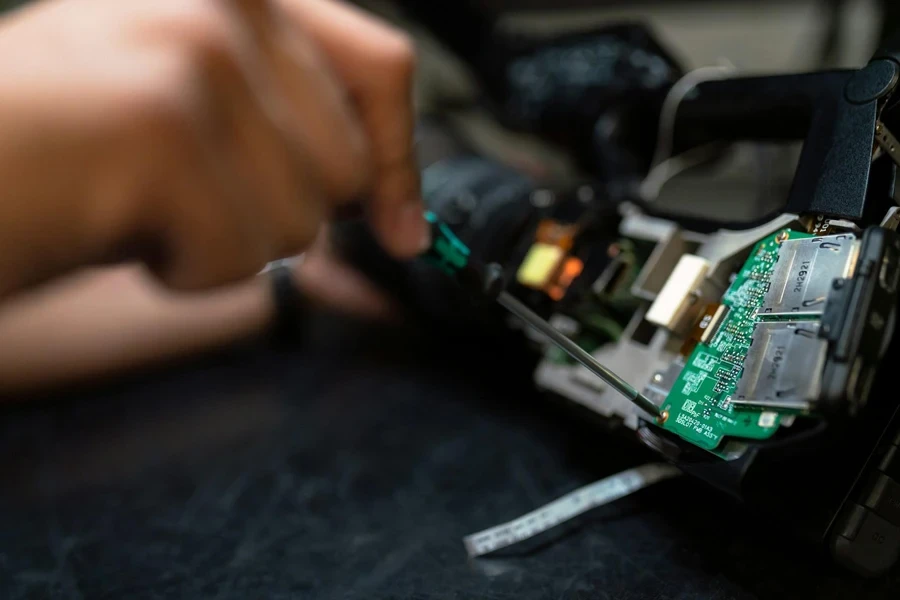
Despite its advantages, DTF printing comes with certain challenges.
- Technical complexity: The process involves multiple stages, including printing, powder application, curing, and heat pressing, which require meticulous control to ensure quality.
- Maintenance: DTF printers and equipment require regular maintenance to prevent issues like ink clogging and ensure consistent print quality.
- Environmental impact: While there are eco-friendly options, the use of certain materials and energy consumption in DTF printing can raise environmental concerns.
Choosing the Right DTF Printer for Your Business
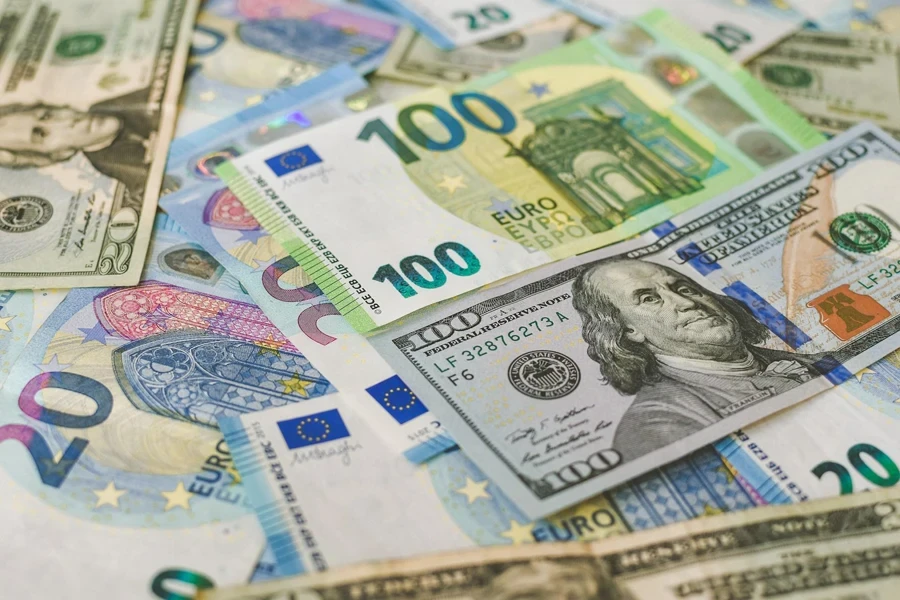
To select the right DTF printer for your business, you’ll have to carefully consider the options available on the market. Take into account aspects like quality, performance, and cost.
Here is a step-by-step guide to evaluating which type of DTF printer might be right for you.
1. Understand Your Business Needs
Before looking at technical specifications, you’ll need to determine what your business needs specifically. Ask yourself the following questions:
- What is it that you are planning to print?
- What materials will you be printing on?
- What scale and volume will you be delivering on a daily, weekly, and monthly basis?
- What is your budget?
Estimate your expected production volume. Small businesses or startups might opt for smaller, more affordable printers, while larger operations may require industrial-grade machines for mass production.
2. Evaluate Print Quality and Resolution
Print quality is paramount in the printing business. High-resolution prints ensure sharp, vibrant, and durable designs, which are crucial for customer satisfaction and repeat business.
Look for printers with advanced print heads, such as Epson print heads, known for their reliability and high resolution. Ensure the printer can deliver consistent and accurate colors across different substrates and print sizes. Advanced color management systems can be beneficial.
3. Assess Printer Performance and Speed
DTF printers come with different performance and speed specifications. These details will affect how quickly your business can output products for your clients. Of course, faster printers can handle higher volumes, but they also cost more. So, decide what turnaround times your customers are expecting and what you plan to deliver.
At the same time, choose a printer that is built to last and requires minimal maintenance. Features like automatic white ink circulation and easy access to cleaning can reduce downtime and maintenance costs.
4. Compare Printer Models and Features
There are many different types and sizes of DTF printers that have varying features and capabilities. You’ll need to determine what functionality is essential for your business. Here are some typical considerations:
- Print resolution and quality
- Ink compatibility (especially white ink)
- Raster image processing software for image optimization
- Integrated powder application system
- Versatility in terms of printing materials
- Size and scale
Determine the maximum print size you need. Smaller printers like A3 models are suitable for small businesses, while larger models can handle more extensive projects. Look for features that enhance functionality, such as roll-to-roll printing, integrated powder shakers, and advanced software compatibility.
5. Consider Costs and ROI
While the price tag of a DTF printer is an important consideration, you should consider the total cost of ownership during your purchasing decision.
- Initial investment: Compare different models and their pricing. Usually, you’ll find the right range of printers for your needs and budget. For example, smaller-scale businesses will look at low to mid-range DTF printers.
- Operating costs: Beyond the initial investment, check the price tags for inks, films, and maintenance supplies. For example, printers that use inks more efficiently may save you a lot in the long run.
Once you have collected a few quotes, you can evaluate the printer’s potential return on investment (ROI). See how many orders or prints it will take to get your investment back. Also, consider reliability and maintenance to minimize downtime that could affect your orders.
Industry Trends and Market Growth
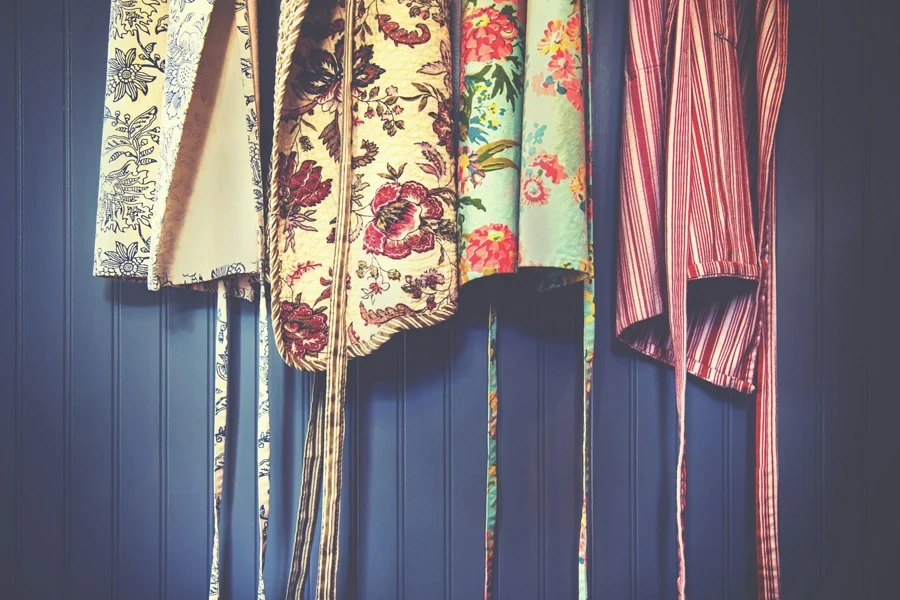
The DTF printing market is booming. There are several trends driving this expansion.
For one, people want more personalized and customized options. With lower prices to get unique designs, individual and corporate customers are expecting apparel made especially for them. The fashion industry, in particular, is experiencing a shift toward customization.
The sector has also been seeing ongoing advancements in DTF technology. Printers have become significantly more efficient, and the quality of inks has improved. This has enhanced how DTF printers can be used, making them generally more popular.
Finally, as touched upon earlier, sustainability is playing a critical role in the textile and fashion industries. There is a significant push for more sustainable printing solutions. Thankfully, the versatility of DTF printing can enable the use of recyclable materials and eco-friendly inks, aligning with global environmental regulations.
Wrapping Up
The introduction of DTF printing has changed the textile and garment industry. In the past, it was difficult and expensive to create customized designs. DTF printers are now the go-to solution for colorful, high-resolution prints that can be customized for unique outputs for any customer.
Businesses looking to expand their market scope and meet consumers’ demand for personalization may wish to invest in DTF printers. It is, however, important to make informed decisions about the type of printer, the related costs, and how quickly your business can see the ROI after purchase.
Alibaba.com is the ideal marketplace to research and compare the wide range of DTF printing technologies available on the market. Evaluate your options and determine which DTF printer is the perfect solution for your business.
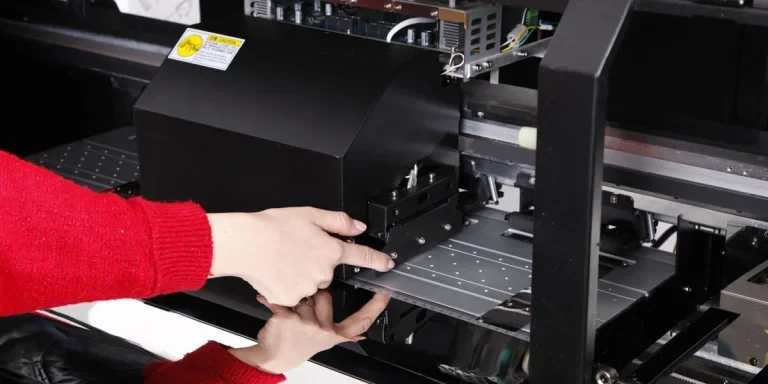




 Afrikaans
Afrikaans አማርኛ
አማርኛ العربية
العربية বাংলা
বাংলা Nederlands
Nederlands English
English Français
Français Deutsch
Deutsch हिन्दी
हिन्दी Bahasa Indonesia
Bahasa Indonesia Italiano
Italiano 日本語
日本語 한국어
한국어 Bahasa Melayu
Bahasa Melayu മലയാളം
മലയാളം پښتو
پښتو فارسی
فارسی Polski
Polski Português
Português Русский
Русский Español
Español Kiswahili
Kiswahili ไทย
ไทย Türkçe
Türkçe اردو
اردو Tiếng Việt
Tiếng Việt isiXhosa
isiXhosa Zulu
Zulu